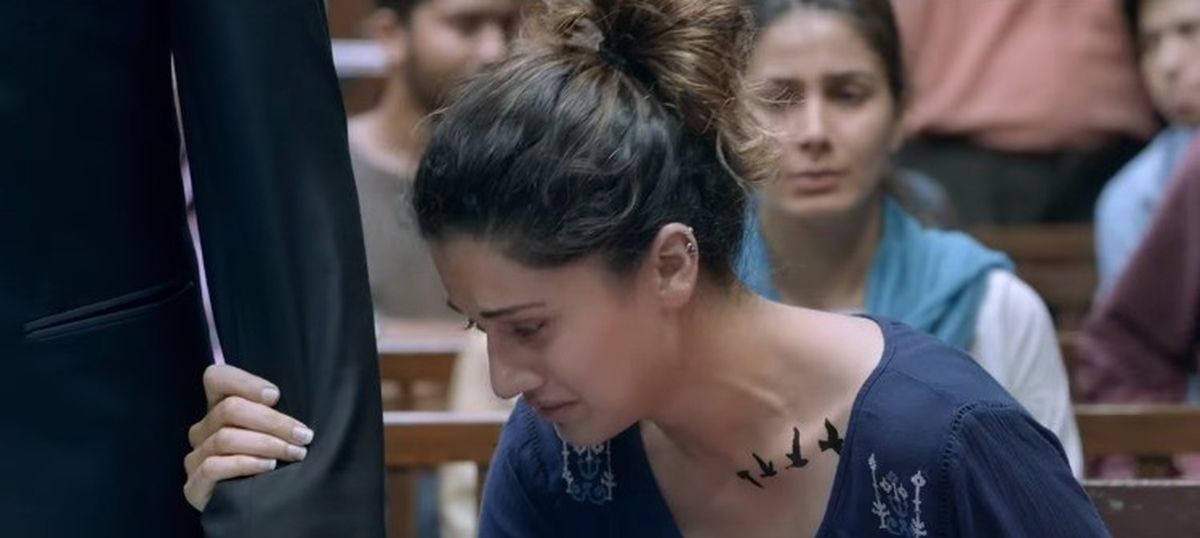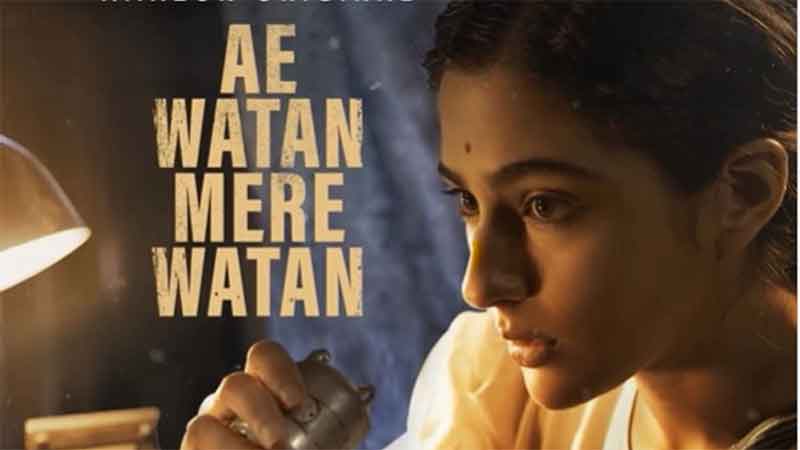
As a researcher in Film and Gender Studies, I had great expectations of the movie PINK. I must say, the positive audience and critical reception to the film is well deserved, while it also reflects on the perfect timing of its making and release, when public discourses on issues of rape and gendered violence come down heavily on the side of women.
For those critical viewers who insist authentic actors represent the community/group being portrayed, the film is a fresh breath of air,as it casts in a ‘North-Eastern’ character model-actor Andrea Tariang from Shillong. (I use the inverted commas in ‘North-Eastern’ as the film’s emphasis.) Earlier in 2014, there was much disapproval from critics and discerning viewers on Priyanka Chopra playing Mary Kom in the eponymous film. The filmmakers had defended their choice with, “we cast a mainstream actress or no one would watch the film.” This response had led to further reproach. PINK, though, sets right this disparity in casting. Where the ‘North-East’ is concerned, there is an important issue the film brings up in its relation to the hegemonic discourses of mainland India. While rapes perpetrated by militants and security forces in conflicted regions such as Kashmir and Manipur are brushed under the carpet by nationalist discourses as collateral damage and ‘hence not important’, PINK brings to the centre of the debate on sexual assault the subjectivity of the ‘North-Eastern’ woman. Is she Indian enough to deserve justice? Or not. Is she – to use African-American abolitionist Sojourner Truth’s words – ‘not a woman’? The film’s intention is clear in the scene where Andrea is in the witness box. The defendants’ lawyer Sehgal asks Andrea questions that give visibility to her ethnicity. Lawyer Sehgal is actually trying to draw attention to the prosecution’s earlier attempts to paint Andrea’s ‘North-Eastern’ origins as the source of her ‘possibly questionable character’. When lawyer Sehgal asks her about her experiences as a ‘North-Eastern’ girl living and working in an Indian metro city, she says something to the effect that “Girls from North-East are generally harassed more.” With bringing in a character from Meghalaya, the film highlights the intersectionality in the oppression of a woman from marginalized geographical regions.
Important to the discourse around women’s issues in PINKis the lady police officer that refuses to file the FIR from the girls. The film clearly makes a suggestion in the direction that women also are often complicit in the maintenance of patriarchy, feudal attitudes and the hierarchy of gender. The film is not exclusively blaming women (or men) as a category for the sustenance of oppression, though. What it attempts is to convey the structures – of course patriarchal – that sustain violence, and men and women may animate these structures. After all, power is the corrupting force. While violence in India is highly gendered, the film is careful not to victimize women as a generalization and demonize men as a category either.
A pertinent aspect of urbanization that PINK touches on is new identity configurations such as‘the working girl’. With the booming of BPO and other corporate sectors, the youth are thrown into new formations of the family system, where they stay together as flatmates on sharing basis, and fill in for one another as surrogate family. As we see in the film, ‘the new family’ stays together in dire times and is dependable. The more important question then arises: societal perception of girls and young women living together in such a set up, as bachelor-girls, and without male ‘support’ and ‘security’. What we see develop now is relations of power between these new family configurations and the patriarchal society around them. Certain men try and victimize them, by bringing in questionable nuances to the term ‘the working girl’, while others – such as the fatherly landlord and the friendly neighbourhood lawyer – defend their right to autonomy.
What PINK also does is to put into perspective the discourse around slut shaming and victim blaming, both attitudes closely related to society’s censuring of the rape victim. The film walks away successfully in its defence of the right to bodily integrity of wives, sexual partners and sex workersalike, and speaks up against regressive laws that condone violence on women accused of‘soliciting’. Finally, the film makes an impressive closing statement with lawyer Sehgal – Amithabh Bachchan personified – that when a woman says, ‘No’, it means ‘NO’.
Vishal Tondon is a PhD scholar in Gender Studies at University of Hyderabad

















































